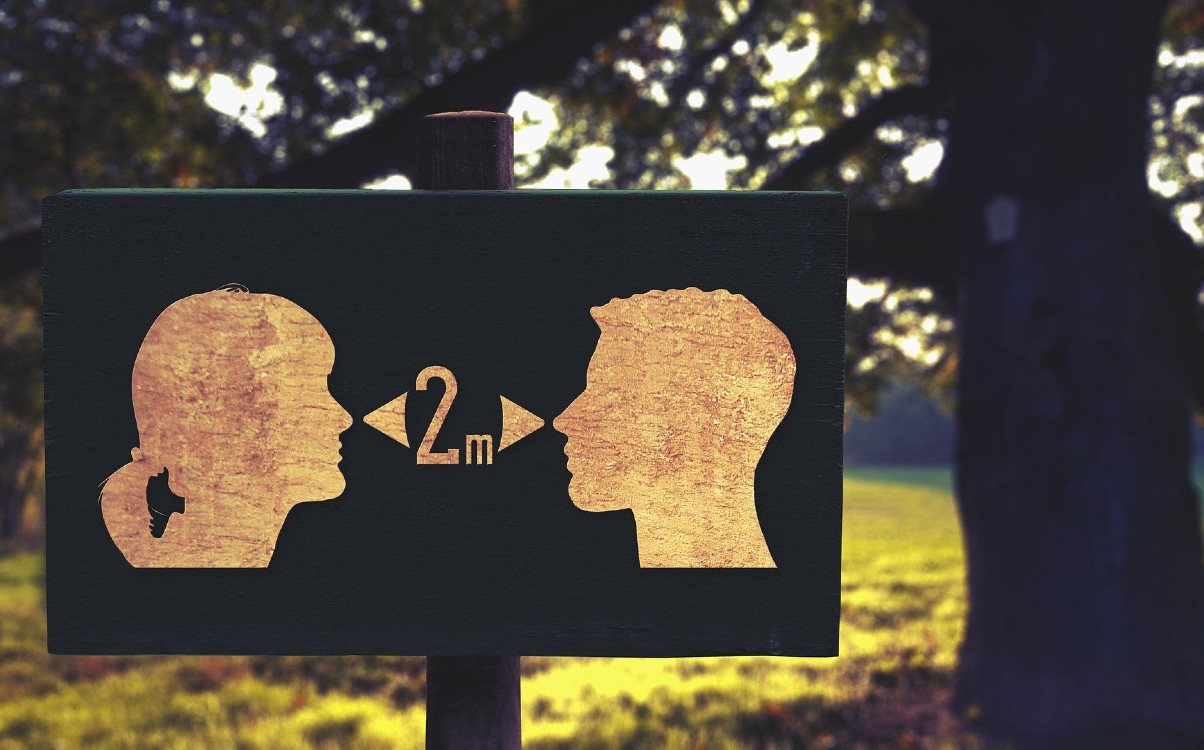By Elliott Brack
Editor and Publisher, GwinnettForum
MAY 26, 2020 | Most of us living in 2020 probably do not realize that this coronavirus pandemic is not unique.
 Pandemics have been recorded from ancient times. Just look at the history of malaria, tuberculosis, influenza and smallpox. All claimed millions of lives.
Pandemics have been recorded from ancient times. Just look at the history of malaria, tuberculosis, influenza and smallpox. All claimed millions of lives.
Some of us can remember the 1957-58 flu endemic, which killed two million worldwide, and 70,000 in the USA. In 1968-69, the Hong Kong flu killed from two-to-five million. And the H1N1 sickness in 2009-10 was worldwide, killing 12,000 in our country.
No one has seen such a widespread pandemic as this present virus since 1918-19. That was the when Spanish Flu hit, and boy, was it a whopper worldwide. It’s said that 500 million became infected and 50 million died from it. Deaths in this pandemic in the USA totaled 675,000.
In most cases, when diseases like this hit, public health officials, in the absence of a vaccine, can do little. Today’s reactions are similar to what happened in the past: schools and businesses close, public gatherings are banned, people stay away from one another, and masks become a necessity. Health officials say these safeguards work. But when such measures are not applied evenly, infections rise quickly.
Yet governments, businesses, schools and churches want to open as soon as it is safe. Time and time again, when these places open too soon, the inevitable happens: Infections, sickness and deaths rise.
The 1918-19 pandemic killed more people than died in World War I. It has been cited as the most devastating epidemic in the history of the world. More people died in a single year from the flu than in the four years of the Black Death Bubonic Plague, which was 1347 to 1351.
Medical officials have always been amazed at how quickly a plague can kill someone. Stories abound of people struck sick in the streets, and dying rapid deaths. One particular story has four ladies playing bridge one night, with three of them developing the symptoms and dying that same night.
The 1918-19 pandemic affected the Versailles Peace Conference to end World War I. Our president, Woodrow Wilson, collapsed at that meeting. Historians speculate he was weak from influenza, which was rampant in Paris then. Some have said Germany got better terms from this conference because of Wilson’s illness.
Early on in the 1918-19 onslaught, it was thought that Aspirin could help those downed by the flu. Aspirin had been developed by Bayer in 1899, and its patent ran out in 1917. Many firms started producing it. Physicians at first advised taking up to 30 grams a day, which we now know is toxic. (No more than four grams a day is recommended now.)
In the 1918-19 influenza, sociologists found that people relatively quickly accepted governmental authority, since there were so many people dying around them. This allowed public health authorities to step in with recommendations of what measures should be taken. And this led to what we call today “social distancing,” which has been proven effective.
Onr historian calls the acceptance of restrictions by the people a “relatively calm response by the public.” We certainly see this today, as some restrictions are lifted, but there has been no immediate rush to normal. Many are taking it slow and easy.
Yet we also see a great many of our fellow citizens disregard wearing masks, as if nothing unusual was going on. As the number of virus cases falls a little, it’s disturbing to see some taking a more casual approach.
So far, we haven’t heard the Fat Lady sing. It’s not over yet. Keep safe.
- Have a comment? Send to: elliott@brack.net











Follow Us